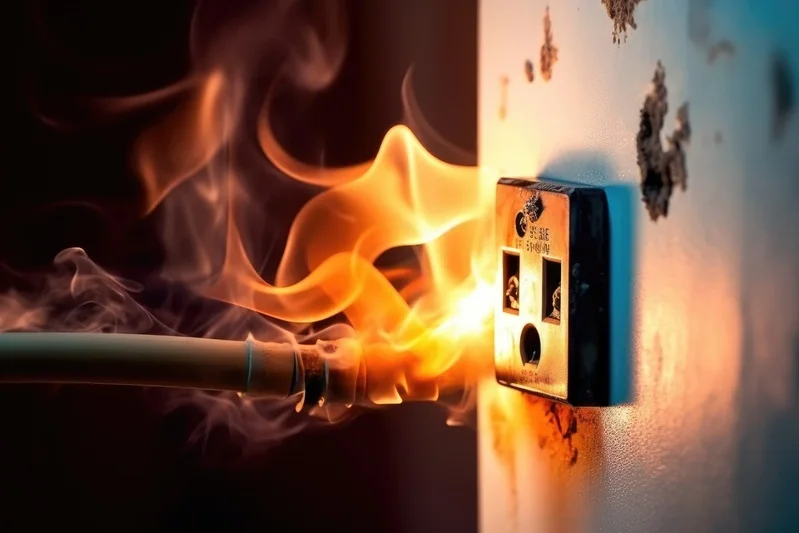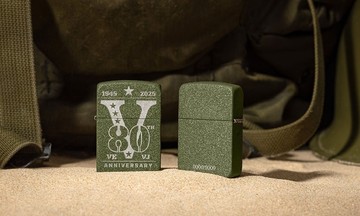Statistics from the Product Evaluation Technology Infrastructure Organization of Japan (NITE) from 2019-2024 show 219 accidents involving home appliances related to plugs, cords, and outlets, of which 182 caused fires.
NITE emphasizes that the cause often stems from damage or misuse of electrical connection devices. Therefore, five key points require attention:
Stop using plugs immediately if they are deformed or unusually hot.
If plugs are stepped on, pulled forcefully, or bent, it can cause poor contact, leading to overheating and fire. If you see scorch marks on the plug's surface or if it feels unusually hot, or if the power connection is intermittent, stop using it immediately.
 |
80% of home appliance fires are related to plugs, cords, and outlets. Photo: Wordjournal |
80% of home appliance fires are related to plugs, cords, and outlets. Photo: Wordjournal
Dust around plugs can cause electrical shorts.
Plugs that aren't fully inserted into outlets create gaps where dust and moisture can accumulate, leading to short circuits or "dust conduction." When cleaning, unplug the device first and wipe the plug with a dry cloth. Never spray alcohol or cleaning solutions into the outlet.
Do not bend, step on, or yank electrical cords.
Cords subjected to strong force or bent for extended periods can damage the internal copper wires, causing overheating or fire. Avoid placing cords under furniture, and when unplugging, grip the plug body, not the cord.
Replace outlets immediately if plugs are loose.
Repeated plugging and unplugging can loosen the metal components inside the outlet, causing poor contact and localized overheating. If a plug wobbles or slips easily when inserted, replace the outlet or have a technician inspect it.
Do not exceed the power capacity of extension cords.
Each extension cord has a maximum power rating. Plugging in multiple high-power devices simultaneously, such as heaters or hair dryers, can overheat the cord, damage the insulation, and cause a fire. Before use, carefully read the device's instructions to avoid overloading.
Bao Nhien (From Worldjournal)












